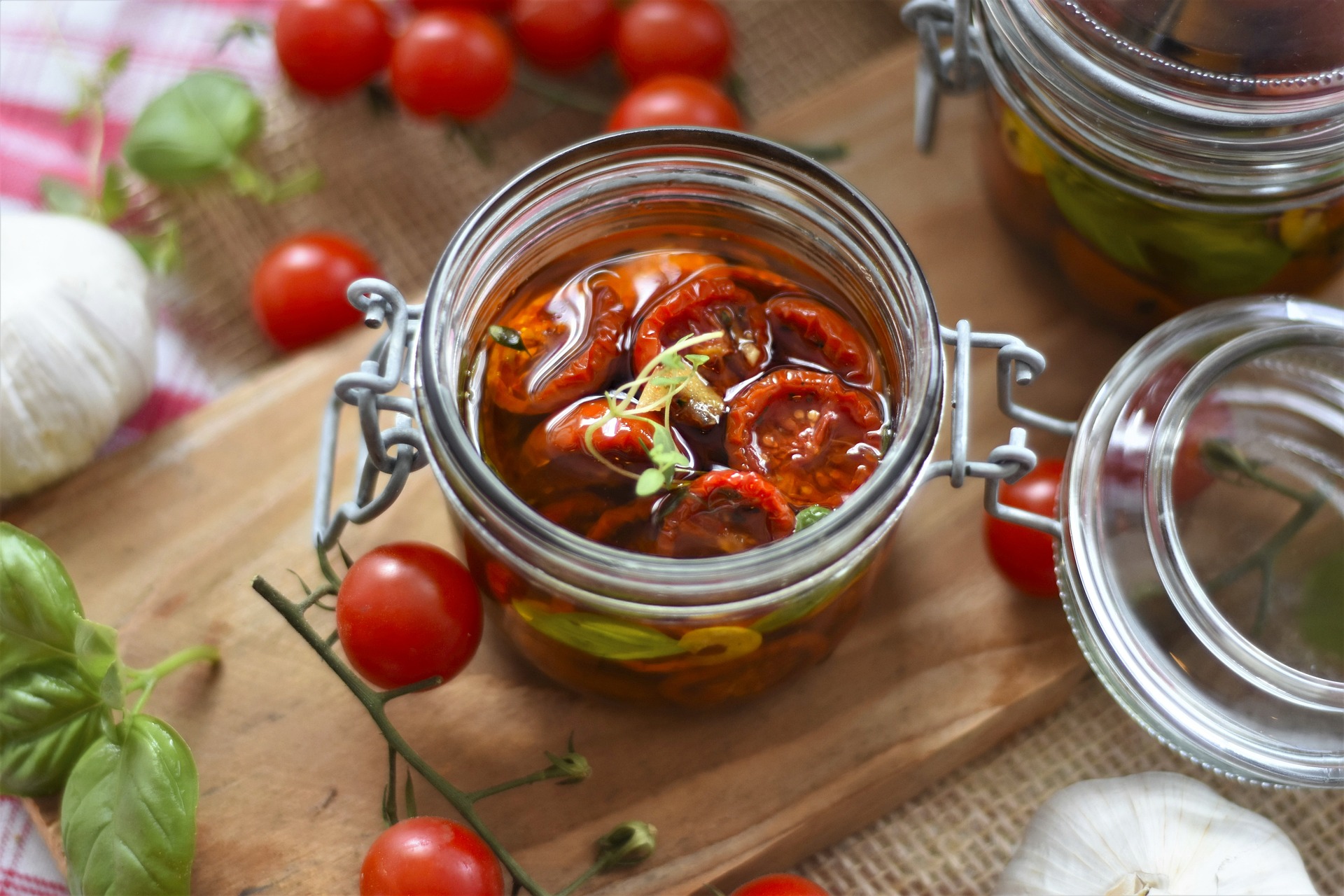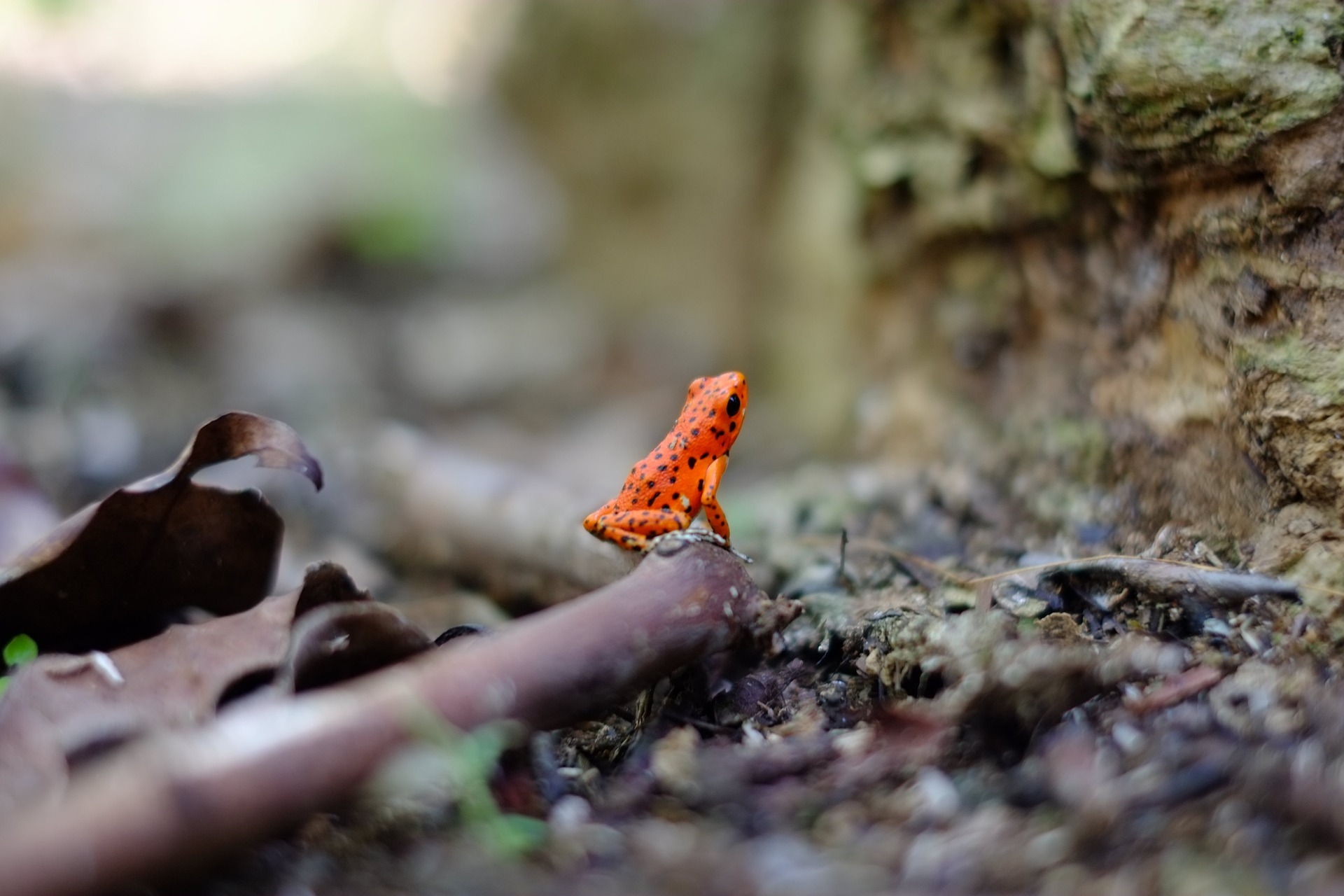Reviving the Lost Art of Canning: A Sustainable Cooking Trend
Step into the flavorful world of canning—a timeless food preservation method that’s gaining modern momentum for its sustainability, practicality, and taste-enhancing benefits. Whether you’re savoring summer’s harvest in the depths of winter or reducing food waste, canning is the perfect blend of tradition and innovation.

The History and Resurgence of Canning
Canning, first developed in the 18th century, began as a revolutionary way to preserve food for military use. Over the centuries, it evolved into a household staple, with home cooks using it to store fruits, vegetables, and even meats.
Today, canning is enjoying a renaissance, fueled by the sustainability movement and the growing desire to reduce reliance on single-use packaging. More people are turning to this zero-waste practice to extend the life of fresh produce, support local farmers, and minimize their environmental footprint—all while enjoying flavorful, nutrient-packed food year-round.
The Science Behind Canning
Canning isn’t just an art—it’s a science. The magic lies in creating an airtight environment that prevents spoilage. Here’s how it works:
- Heating: Food-filled jars are heated to a specific temperature, killing bacteria, yeasts, and molds.
- Vacuum Seal: As the jars cool, the heated air inside contracts, creating a vacuum seal that locks out any new contaminants.
- Safety Assurance: The airtight seal ensures long-term preservation, maintaining the food’s flavor, texture, and nutritional value.
There are two main methods:
- Water Bath Canning: Ideal for high-acid foods like fruits, jams, and pickles.
- Pressure Canning: Necessary for low-acid foods such as vegetables, meats, and soups to ensure safety.
By understanding the science, you can confidently preserve food that’s both safe and delicious.
Techniques and Equipment
Canning might sound like a professional-level skill, but it’s surprisingly accessible with the right tools and techniques. Here’s what you’ll need to get started:
Basic Equipment
- Canning Pot: A large pot with a rack for boiling jars.
- Glass Jars and Lids: Reusable jars with single-use lids that seal during the canning process.
- Jar Lifter: A specialized tool for safely removing hot jars from boiling water.
- Funnel and Ladle: To neatly transfer food into jars without mess.
Step-by-Step Basics
- Prepare Your Jars: Wash jars and lids with hot, soapy water and keep them warm until ready to use.
- Fill Jars: Pour your prepared recipe into the jars, leaving the recommended headspace for expansion.
- Seal and Process: Secure lids, place jars in the canning pot, and process for the time specified in your recipe.
- Cool and Store: Remove jars and allow them to cool. Check for a proper seal before storing in a cool, dark place.
Starting with a tested recipe ensures your efforts yield safe, delicious results.
The Many Benefits of Canning
Why should you embrace canning? Let’s count the ways:
- Year-Round Enjoyment: Preserve seasonal produce at its peak and savor it any time of year.
- Reduce Food Waste: Avoid discarding surplus fruits and vegetables by turning them into long-lasting pantry staples.
- Sustainability: Cut down on single-use packaging and support a zero-waste lifestyle.
- Cost-Effective: Save money by buying produce in bulk during harvest season.
- Gifting Potential: Homemade jams, pickles, and sauces make thoughtful, personalized gifts.
With these benefits, canning offers more than just preserved food—it’s a way to live sustainably and deliciously.
Tips & Fun Ideas
- Start Simple: Begin with beginner-friendly recipes like strawberry jam or dill pickles before tackling pressure canning.
- Safety First: Always use tested recipes and follow instructions closely to ensure your food is safe to eat.
- Get Creative: Infuse unique flavors into your preserves. Add cinnamon to applesauce, chili flakes to tomato sauce, or fresh herbs to pickles.
- Host a Canning Party: Gather friends for a fun, collaborative day of canning. Everyone can go home with their own jarred creations.
- Label Your Jars: Add decorative labels or tags with the date and contents to keep your pantry organized and stylish.
Conclusion
Canning is more than just a practical way to preserve food—it’s a creative, sustainable, and deeply rewarding culinary pursuit. From the joy of sealing seasonal flavors to the satisfaction of reducing waste, canning allows you to connect with your food in a meaningful way.
So why not give it a try? Whether you’re savoring sun-ripened tomatoes in the heart of winter or crafting a signature jam, canning transforms cooking into a year-round celebration of nature’s bounty. Break out the jars, embrace the process, and discover the endless possibilities of canning!




